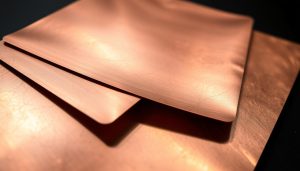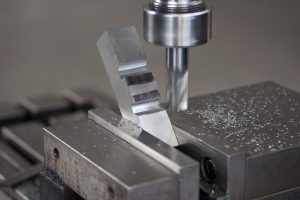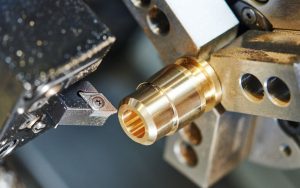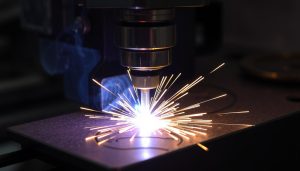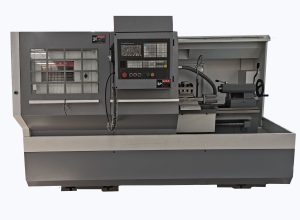A passive heat sink is key in thermal design, helping to manage heat. It’s often called by other names, showing its vital role in many fields. Knowing about passive heat sinks is important for good thermal design. It helps move heat from a source to a sink, keeping things running smoothly and reliably.
In thermal design, a passive heat sink helps to get rid of heat, preventing overheating and damage. It’s widely used in many fields where keeping cool is essential.
This article will dive into what a passive heat sink is, its other names, and why it matters in thermal design. We’ll look at how passive heat sinks work and their role in different industries. This includes the importance of managing heat and designing for thermal needs.
Understanding Passive Heat Sinks and Their Alternative Names
Passive heat sinks are key in electronics cooling. They use natural air movement to get rid of heat. This keeps electronic devices at the right temperature, ensuring they work well.
Natural convection is how warm air moves up, creating air flow. This flow helps move heat away from devices.
In heat sink technology, natural convection heat sinks are often used. They are simple and don’t cost much. These heat sinks have a lot of surface area to help transfer heat to the air.
Good thermal management is vital for today’s electronics. Passive heat sinks play a big role in this. They use natural air flow to cool devices efficiently.
This makes them a must-have in many electronic products. As devices get more powerful and smaller, the need for these heat sinks will grow.
Natural Convection Heat Sink: The Common Alternative Term
Natural convection heat sinks are also called passive heat sinks. This name shows they use natural air flow, not forced air. This is important because it shows their special benefits in electronics cooling.
The Physical Principles Behind Passive Heat Dissipation
Passive heat dissipation uses heat transfer methods like convection, radiation, and conduction. These help move heat from a source to a cooler area, keeping electronic devices cool. Convection happens when air or water takes heat away. Radiation moves heat through electromagnetic waves.
Designing a heat sink is key to better heat transfer. Fins on the heat sink increase its surface area, helping to transfer heat more efficiently. The material of the heat sink is also important. It needs to conduct heat well.
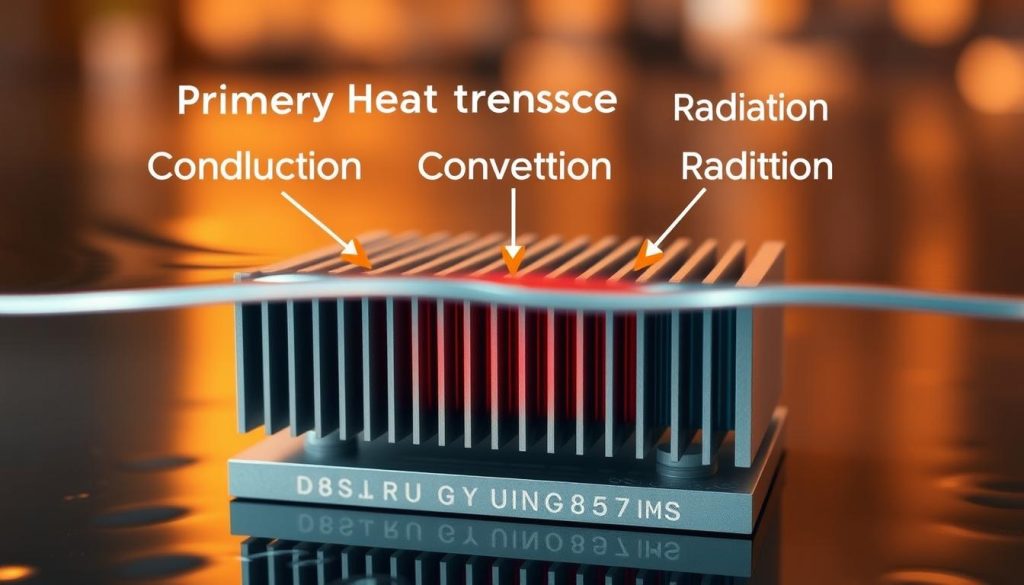
Knowing how passive heat dissipation works is vital for making cooling systems better. By using convection and radiation, engineers can make new ways to manage heat. This helps make electronic devices smaller and more powerful.
Key Components and Design Features of Passive Heat Sinks
Designing passive heat sinks involves several key components and features. A well-designed heat sink can efficiently dissipate heat. This ensures the optimal performance and longevity of electronic devices. The design, thermal interface, and material selection are critical factors.
The thermal interface is a key component in heat sink design. It facilitates heat transfer between the heat source and the heat sink. Materials like copper or aluminum are chosen for their high thermal conductivity. This minimizes thermal resistance. Optimizing the surface area of the heat sink is also essential for maximum heat dissipation.
Fin Configurations and Patterns
Fin configurations and patterns are vital design features of passive heat sinks. They can be customized for specific applications. Various patterns and shapes are available to enhance heat dissipation. The design of the fins greatly impacts the heat sink’s performance.
Material Selection Criteria
Choosing the right material for passive heat sinks is important. Factors like thermal conductivity, mechanical strength, and cost are considered. The material should have high thermal conductivity for efficient heat transfer. It should also be mechanically strong and cost-effective.
What is Another Term for a Passive Heat Sink in Different Industries
Passive heat sinks have different names in various industries. This shows their unique uses and needs. In aerospace, they are called thermal management systems. This name highlights their role in keeping equipment cool.
In the car world, they are known as heat exchangers. This name points out their job in cooling engines and parts. Using specific terms shows how different industries have unique needs for heat sinks.
Some other names for passive heat sinks are:
- Thermal interfaces
- Cooling systems
- Heat dissipation units
These names show the focus and needs of each industry. They also show the science behind cooling things down.
Knowing the different names and ideas in industries helps with teamwork and sharing knowledge. It also helps in making new ideas in heat sink applications and cooling things down.
| Industry | Alternative Term | Description |
|---|---|---|
| Aerospace | Thermal management systems | Critical for maintaining equipment temperature |
| Automotive | Heat exchangers | Dissipating heat from engines and components |
Comparing Active and Passive Heat Sink Technologies
When we talk about heat sinks, it’s important to know the difference between active and passive ones. Active heat sinks use fans or other methods to cool down. On the other hand, passive heat sinks rely on air movement to keep things cool. Active heat sinks usually do a better job in hot situations.
The cost is another thing to think about. Active heat sinks cost more because they have extra parts. But, they can save energy by cooling systems well. This helps avoid overheating and damage.
- Thermal performance: Active heat sinks cool better because of fans or other tools.
- Cost: Active heat sinks are pricier than passive ones.
- Energy efficiency: Active heat sinks help save energy by cooling systems well and avoiding overheating.
In short, choosing between active and passive heat sinks depends on what you need. Think about how well they cool, their price, and how they save energy. This helps make a smart choice in your heat sink comparison.
| Heat Sink Type | Thermal Performance | Cost | Energy Efficiency |
|---|---|---|---|
| Active Heat Sinks | High | High | High |
| Passive Heat Sinks | Low | Low | Low |
Applications and Use Cases in Modern Electronics
Passive heat sinks are key in electronics cooling. They are used in devices like laptops, smartphones, and servers. These devices can get very hot, which can harm their performance or even cause them to fail. It’s important to manage heat well to avoid these problems.
Some common heat sink applications include:
- Laptops: Passive heat sinks cool processors, graphics cards, and other parts.
- Smartphones: They cool processors, memory, and other components in phones.
- Servers: Passive heat sinks cool servers, data centers, and big computing systems.
In these cases, passive heat sinks help cool devices efficiently. This keeps them running well and prevents overheating. Knowing how to manage heat and use heat sinks is key for making better devices.
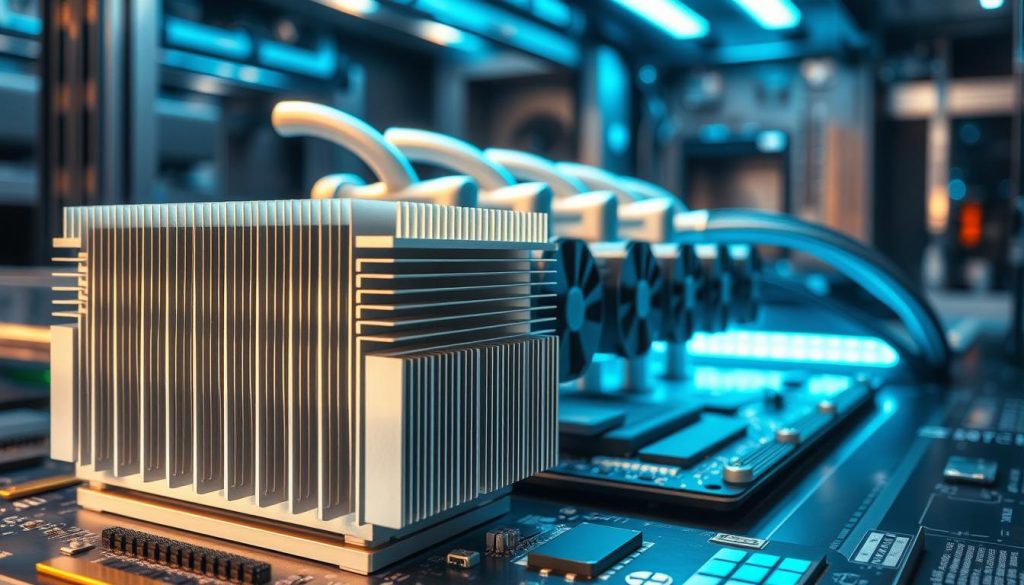
As technology gets better, we’ll need even better ways to cool electronics. Passive heat sinks will keep being important in making new devices. They help make devices smaller, faster, and more powerful.
Optimizing Passive Heat Sink Performance
To get the best thermal performance, we must think about the environment, how we install, and how we maintain. Making sure our electronic devices last longer and work better is key. Knowing how the environment affects heat sink performance helps us take steps to avoid problems.
Things like temperature and humidity matter a lot for heat sink performance. Proper installation is also key because it affects how well the heat sink can cool. Keeping the heat sink clean is also important to stop dust from blocking its cooling ability.
Here are some ways to make your passive heat sink work better:
- Make sure there’s good airflow around the heat sink
- Use thermal interface materials to help transfer heat
- Clean it regularly to stop dust from building up
Using these methods can help your devices stay cool and last longer. Good heat sink care and maintenance are vital for keeping devices running smoothly. They’re important in designing and making electronic devices.
By focusing on heat sink care and maintenance, we can lower the chance of devices failing. This leads to better performance, less downtime, and more reliable systems.
| Factor | Impact on Thermal Performance |
|---|---|
| Environmental Conditions | Significant |
| Installation Quality | High |
| Maintenance Schedule | Medium |
Conclusion: The Evolution and Future of Passive Heat Sink Technology
Passive heat sinks have been key in managing heat for decades. Their evolution is changing how we cool electronics. New fin designs, materials, and surface area improvements have boosted their efficiency.
Future advancements will bring even better passive heat sink designs. We’ll see new manufacturing methods and materials. Heat sink technology will get smarter, with features like dynamic fins and sensors.
The need for effective thermal management will grow as electronics get more powerful and smaller. Future developments in passive heat sinks are essential. They will help keep electronic devices running smoothly and lasting longer.

